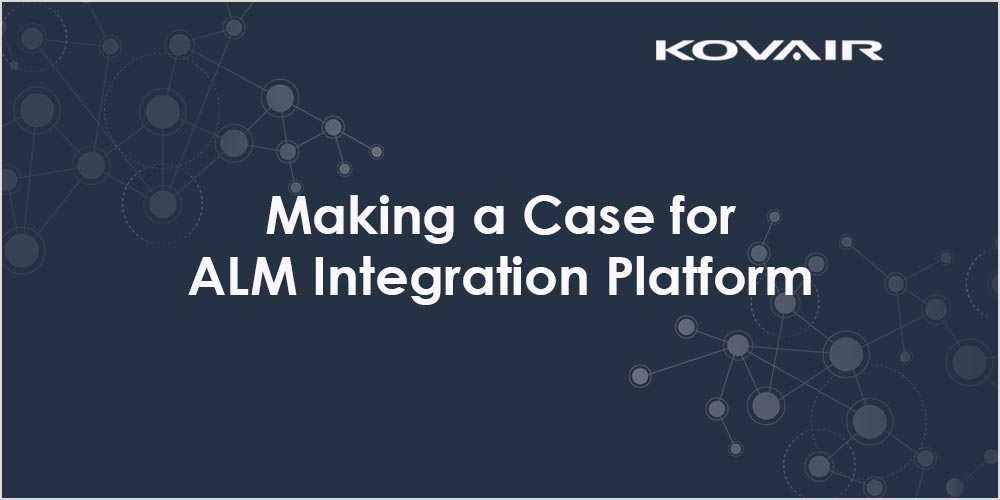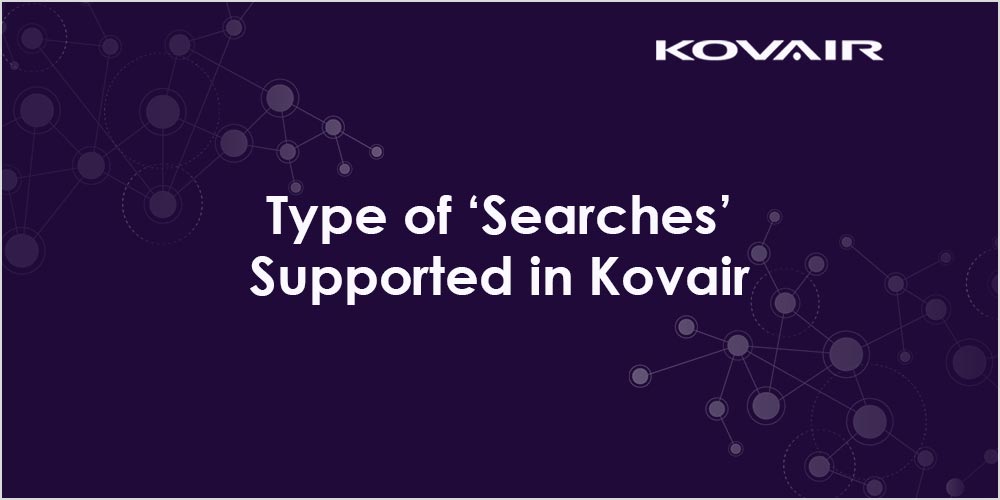We occasionally come across organizations who, for a number of reasons, may be tempted to tackle the problem of integration themselves. Here we discuss point-to-point integration solution that is often in practice.

Many small companies are under the illusion that using an integration vendor would be too costly or that a fully featured integration solution is overkill for their needs. The mid-size or large companies having in-house developed tools may also assume that since an off-the-shelf product does not exist, they can do the job themselves. However, it is rare that they succeed.
Putting together skilled resources to tackle an integration project detracts a Project Manager from his or her primary business. This also involves a significant learning curve as developers must learn the tools’ APIs or find other ways to interact with the tools in order to accomplish the integration project.
Additionally, using a point-to-point adapter often involves frequent changes in the integration logic which necessitates significant amount of coding. In comparison, Kovair adapters or connectors act as simple intermediaries between the tool and the Omnibus engine, meaning easier way to do complex configurations.
Homegrown solutions usually take time to be developed. This means, instead of enjoying an immediate benefit, the projects in need of integration will have to wait. I am sure you will never appreciate these delays as they can be very costly indeed. Whether time-to-market, release quality, defects fixing or feature addition is at the top of your wish list, the value in saving your time now can never be ignored.
Moreover, business needs are prone to frequent changes. A simple point-to-point ‘quick and dirty’ solution is unlikely to be adaptable to future requirements in this regard. Point-to-point solutions scale poorly as new tools are added to your existing integrated tool setup. For example, in a fully connected scenario, 5 tools would require 20 integrations and 10 tools would require 90 integrations! Not only does the required number of integrations scale as per n(n-1) formula, but also the potential for required changes and their magnitude increase manifold.
A fully-featured integration platform can benefit you beyond mere data visibility from connected tools. For example, Kovair Omnibus Integration Platform brings with it cross tool process flow, end-to-end traceability, dashboards, and analytics. It is rare that a point-to-point integration may be all that is needed at the moment. However, in today’s increasingly complex tool environments, where agile, DevOps and automation are the norms, will even these few cases remain? In short, the downsides of do-it-yourself integration outweigh any perceived savings.
We hope this information will be valuable to those who have been considering point-to-point integration approach.


